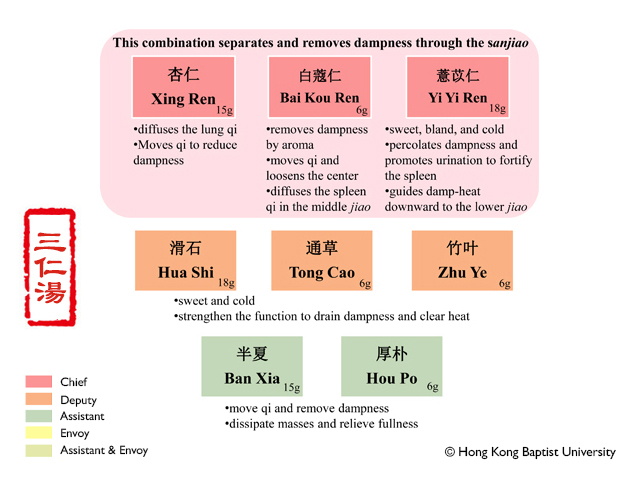Ternate Pinellia
Pinelliae Rhizoma
Functions:Dries dampness, transforms phlegm, downbears counterflow, relieves vomiting, disperses focal distention, dissipates binds. Apply to damp-phlegm and cold-phlegm, cough with much phlegm, phlegm-fluid retention, palpitations, wind-phlegm and dizziness, phlegm syncope and headache, vomiting and stomach reflux, gastric stuffiness, plum-pit-qi; externally used for painful and swollen phlegm nodes.
